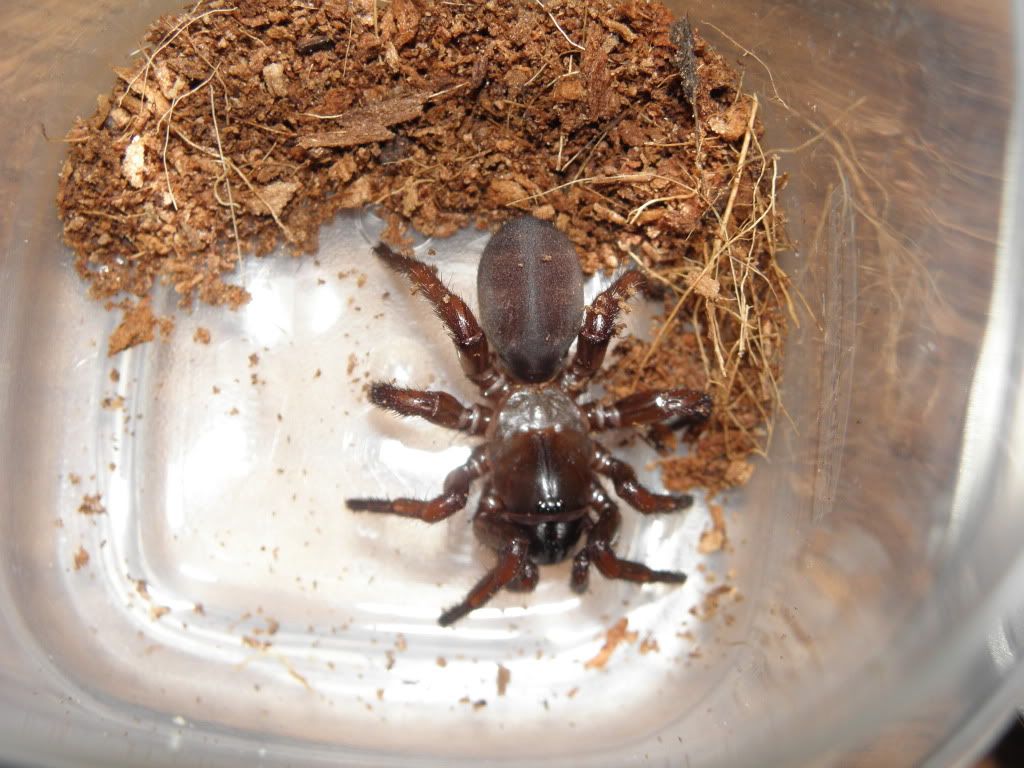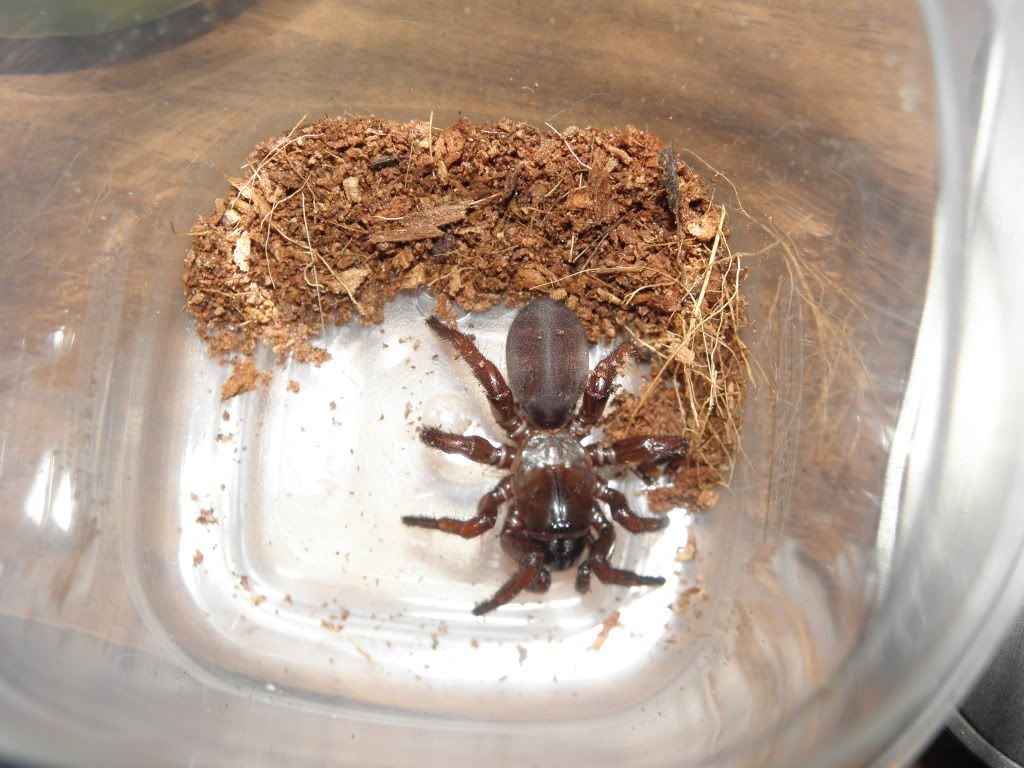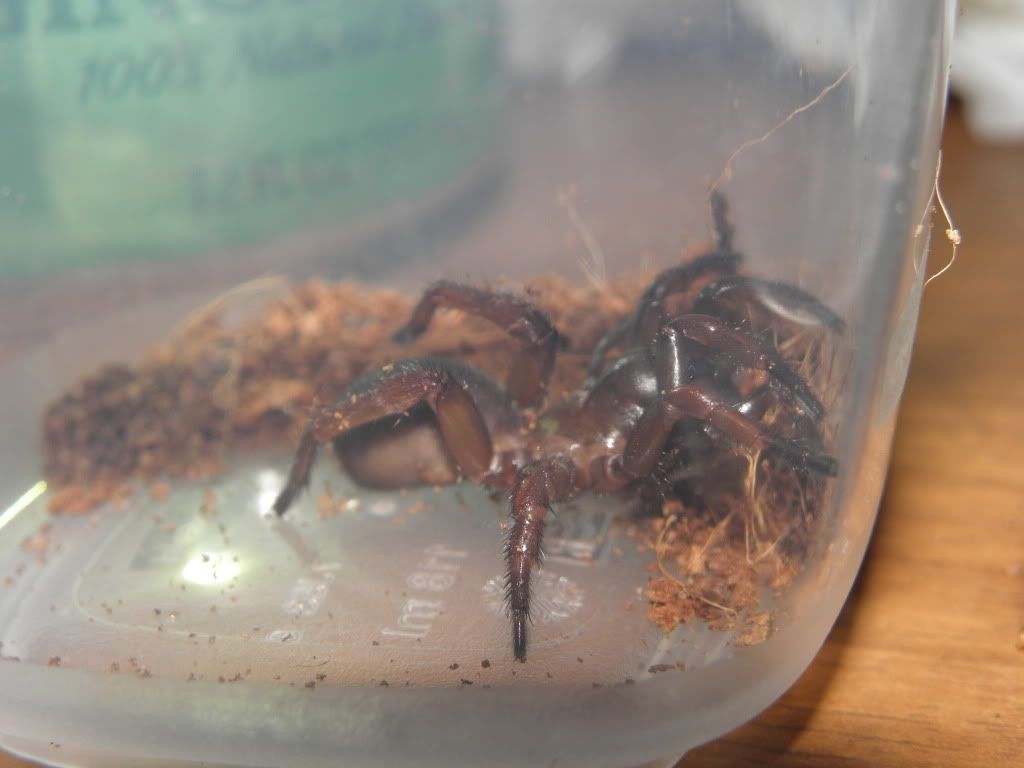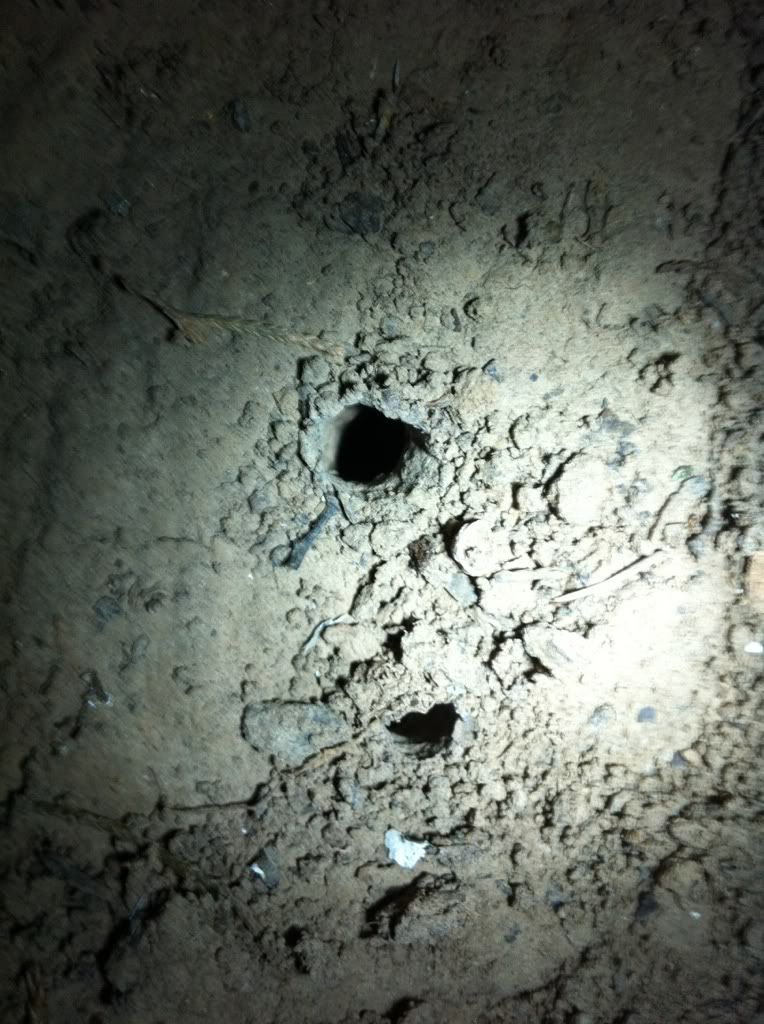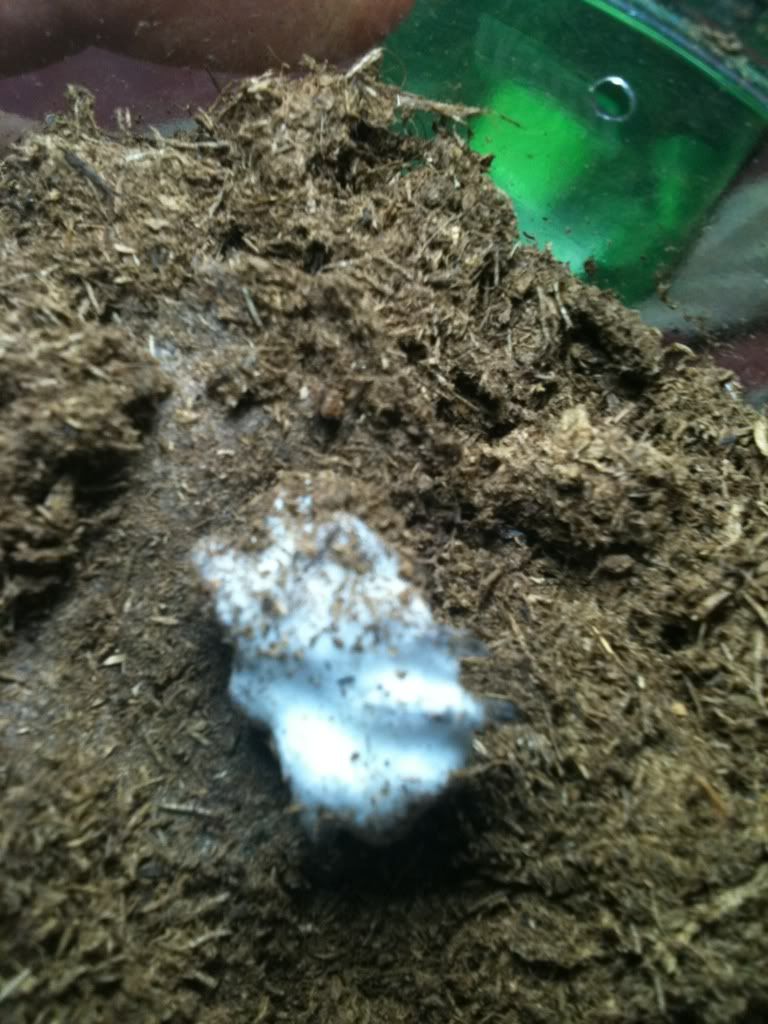- Joined
- Jan 31, 2010
- Messages
- 1,309
I'm starting this thread so I can keep up with all my info and observations on my Myrmekiaphila species of trapdoor spiders. There is little to no information currently so I hope I can find more and provide a resource for those who own or are looking for these spiders. The only ones I ever see for sale are the M. correyi, Florida Red Trapdoor, but maybe in the future I can attempt breeding some of my native species which I believe to be M. foliata.
Here is some basic info.
A taxonomic review of the trapdoor spider genus Myrmekiaphila:
http://digitallibrary.amnh.org/dspace/handle/2246/5892
Wikipedia:
http://en.wikipedia.org/wiki/Myrmekiaphila
Bugguide:
http://bugguide.net/node/view/170331
Here is some basic info.
A taxonomic review of the trapdoor spider genus Myrmekiaphila:
http://digitallibrary.amnh.org/dspace/handle/2246/5892
Wikipedia:
http://en.wikipedia.org/wiki/Myrmekiaphila
Bugguide:
http://bugguide.net/node/view/170331

